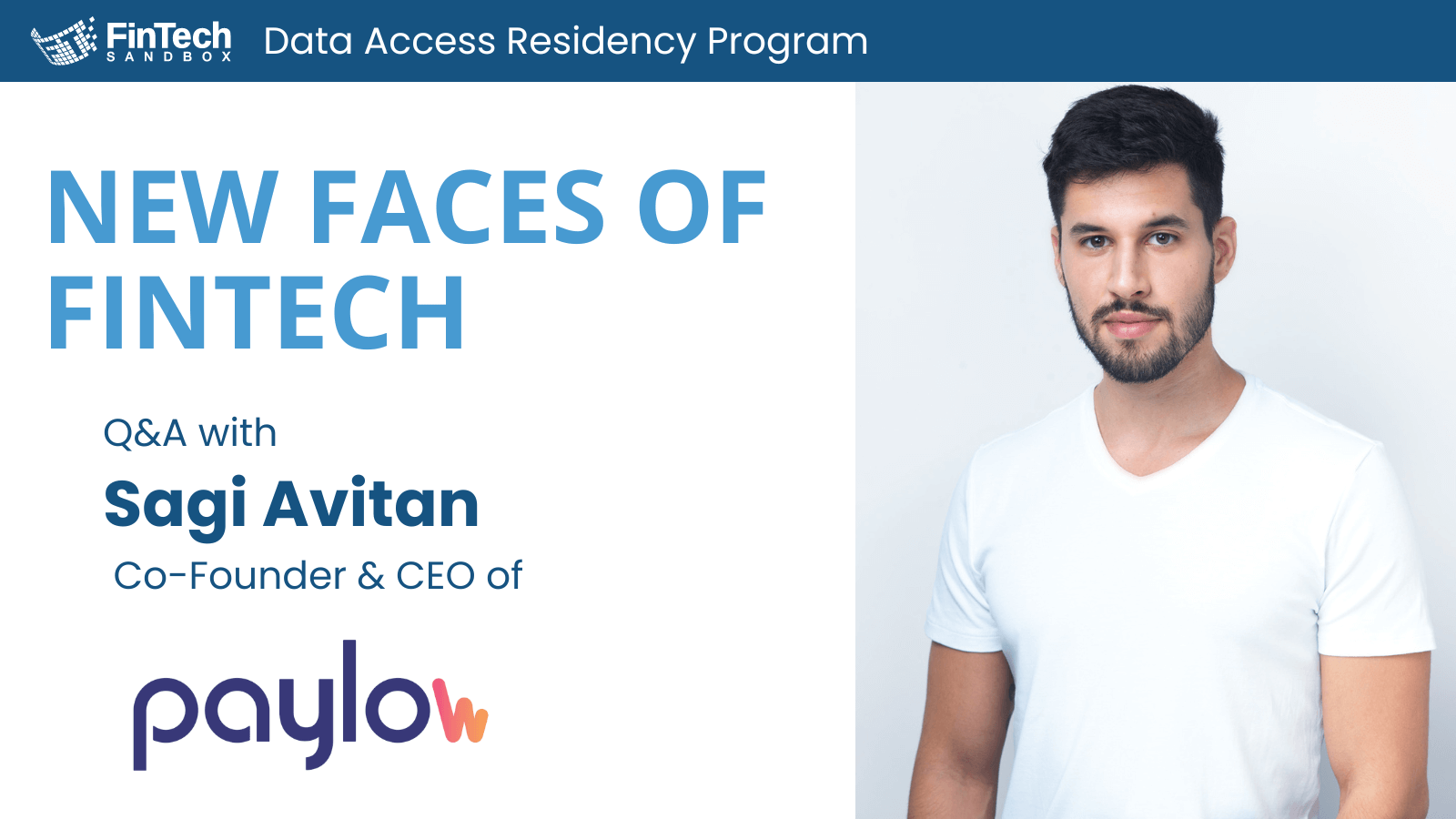Art Finance with Alt/Finance
What’s happening in the art market? This is an asset class we don’t know much about. So we turned to Sharon Obuobi...
Blog Art Finance with Alt/Finance
Jul 15, 2025
What’s happening in the art market? This is an asset class we don’t know much about.
So we turned to Sharon Obuobi to learn more. Sharon is co-founder and CEO of NYC-based Alt/Finance, a New York based alternative market intelligence company that provides institutional-grade comprehensive alternative asset data solutions. As a data provider on AWS Data Exchange and Google Cloud Marketplace, Alt/Finance delivers datasets on assets including aircraft, automobiles, fine art, gemstones, handbags, jewelry, motorcycles, real estate, sports memorabilia, watches and wine/spirits.
In 2023, Alt/Finance participated in the Fintech Sandbox Data Residency and in 2024 took part in Demo Day 10. Also in 2024, Alt/Finance was part of the Accenture Fintech Innovation Lab New York where the team collaborated with the top private banks and asset managers to develop new solutions for the alternative assets market.
In addition to its alternative data solutions, Alt/Finance provides private credit matching services to help collectors access capital using their alternative assets as collateral. This service is most common with art lending where art collections are used as security on loans from private banks (i.e.: Bank of America, Citibank, Morgan Stanley) and specialized art lenders.

Q. Sharon, what is the advantage to the buyer of using credit to acquire art?
The primary advantage is liquidity preservation. Our clients – particularly high net worth collectors – prefer to maintain their cash position for other investments or opportunities while still being able to acquire important works. Art financing allows them to diversify their risk rather than concentrating large amounts of capital in a single asset class. Additionally, with our platform, collectors can access multiple lending options simultaneously, ensuring they get the best rates and terms. We’ve also seen collectors use art loans strategically for tax planning purposes, and some use the financing to acquire works they intend to donate, maximizing the tax benefits.
Q. What percentage of the purchase price can you usually borrow?
Through our lending network, we typically see loan-to-value ratios of 50-70% for established works by recognized artists. For new acquisitions, we usually facilitate loans at 50-60% of the purchase price, while loans against existing collections can go up to 70% depending on the quality and liquidity of the collateral. Our platform’s unique advantage is that we provide real-time market data to support these valuations, which helps lenders feel more confident extending higher loan-to-value ratios. Some of our institutional lenders offer up to 100% financing in certain cases, particularly for museum-quality pieces or works with strong auction records and depending on the nature of the deal.
Q. Are art loans being securitized?
Q. We’re starting to see early experiments in art loan securitization, though it’s still a nascent market. The challenge has been the lack of standardized data and risk assessment tools – which is exactly what Alt/Finance is solving. Some lenders require the use of other assets like stock portfolios as additional security when providing art loans. Our comprehensive database of both public and private sales provides the kind of historical performance data that’s essential for securitization. We’re working with several institutional partners who are exploring pooled art lending products, and our data infrastructure is designed to support the kind of risk modeling that makes securitization possible. I expect we’ll see more structured products emerge as the market matures and as data standardization improves.
Q. Are borrowers who are faced with margin calls ponying up additional cash or better art?
We’re seeing a mixed response. Some borrowers facing margin calls are providing additional collateral rather than cash – often by pledging other works from their collection. This is where our platform’s portfolio management tools become crucial. We help collectors understand the relative values and liquidity of different pieces in their collection, making it easier to make strategic decisions about which works to pledge as additional collateral. Other borrowers either pay down the loan or, in some cases, decide to sell the work. Our data shows that collectors with more diversified collections – both in terms of artists and mediums – are better positioned to weather these margin calls.
Q. How do you determine the value of a work of art? The most recent sale is obviously a starting point but might not be a good estimate today particularly if the seller is under pressure? It seems inherently subjective.
This is exactly the problem Alt/Finance was built to solve. Traditional valuation methods rely too heavily on the last sale, which as you note, can be misleading. Our platform aggregates data from both public auctions and private sales – we’re the only provider tracking the full market, not just the 40% that happens at public auction. We use AI-powered analytics to consider multiple factors: comparable sales, artist market trends, medium and size variations, provenance, condition reports, and market sentiment indicators.
We also track distressed sales separately, so we can distinguish between market-rate transactions and pressure sales. Our indices account for time decay, market conditions, and liquidity factors. For example, if an artist’s auction results have been declining but private sales remain strong, our models weigh that accordingly. The key is having comprehensive data – which is why we track art fairs, private dealer sales, and institutional transactions in addition to auction results.
Q. If I’m buying on credit, do I have to agree in advance to the lender’s rules on where and how the art is stored, insured, and displayed? Can I still take it home?
This varies significantly by lender, which is why our platform is so valuable – we match borrowers with lenders whose terms align with their needs. Most lenders require comprehensive insurance and will specify approved storage facilities for high-value works. However, many of our lending partners do allow borrowers to display works in their homes, provided they meet certain security and insurance requirements.
For works under $5 million, we often see more flexible arrangements where the collector can keep the piece at home with appropriate insurance and security measures. For higher-value works, some lenders require professional storage or limit display time. Our platform helps collectors understand these requirements upfront and find lenders whose terms match their intended use of the artwork. We’ve found that transparency about these requirements during the matching process leads to much smoother transactions.
Q. What will happen to demand for art-backed lending if the art market softens? Will it go down because buyers become more conservative or up as owners need liquidity?
We’re anticipating increased demand for art-backed lending, particularly for liquidity purposes. While acquisition financing may decrease as buyers become more conservative, collectors who don’t want to sell in a down market are increasingly using their art as collateral to access liquidity for other needs. Our data shows that lending against existing collections actually increases during market downturns. The key is having accurate, real-time valuation data to properly assess risk. Lenders need better data to make informed decisions in volatile markets, and borrowers need access to multiple lenders to ensure they can still access capital even if individual lenders tighten their criteria.
Q. Is it safe to say that nobody is lending to help you purchase NFTs?
That’s largely accurate for traditional lenders in our network. The volatility and lack of an established market for NFTs make them more challenging as collateral for most institutional lenders. The fundamental issue is that NFTs currently lack the historical price performance data and institutional recognition with museums that traditional art lending relies on. As we see more accumulated performance history, mainstream art lenders may start to embrace these more. We’re continuously monitoring this space and building data infrastructure that could support NFT lending if the market develops the necessary stability and transparency.
Q. What’s next for Alt/Finance?
We’ve just released a wide variety of index data products to help our financial institution clients and luxury retail firms monitor the markets with a thematic focus. Whether you’re analyzing the price performance of watches, classic cars, aircraft or fine art, Alt/Finance has curated a range of index solutions which help you to streamline your market research. These are available for data subscription directly on www.altfndata.com or through the AWS Data Marketplace.
# # #

What’s happening in the art market? This is an asset class we don’t know much about. So we turned to Sharon Obuobi...

While we may not know exactly how fintech will impact our future, we have an idea as to who will be leading...

While we may not know exactly how fintech will impact our future, we have an idea as to who will be leading the charge. In the...